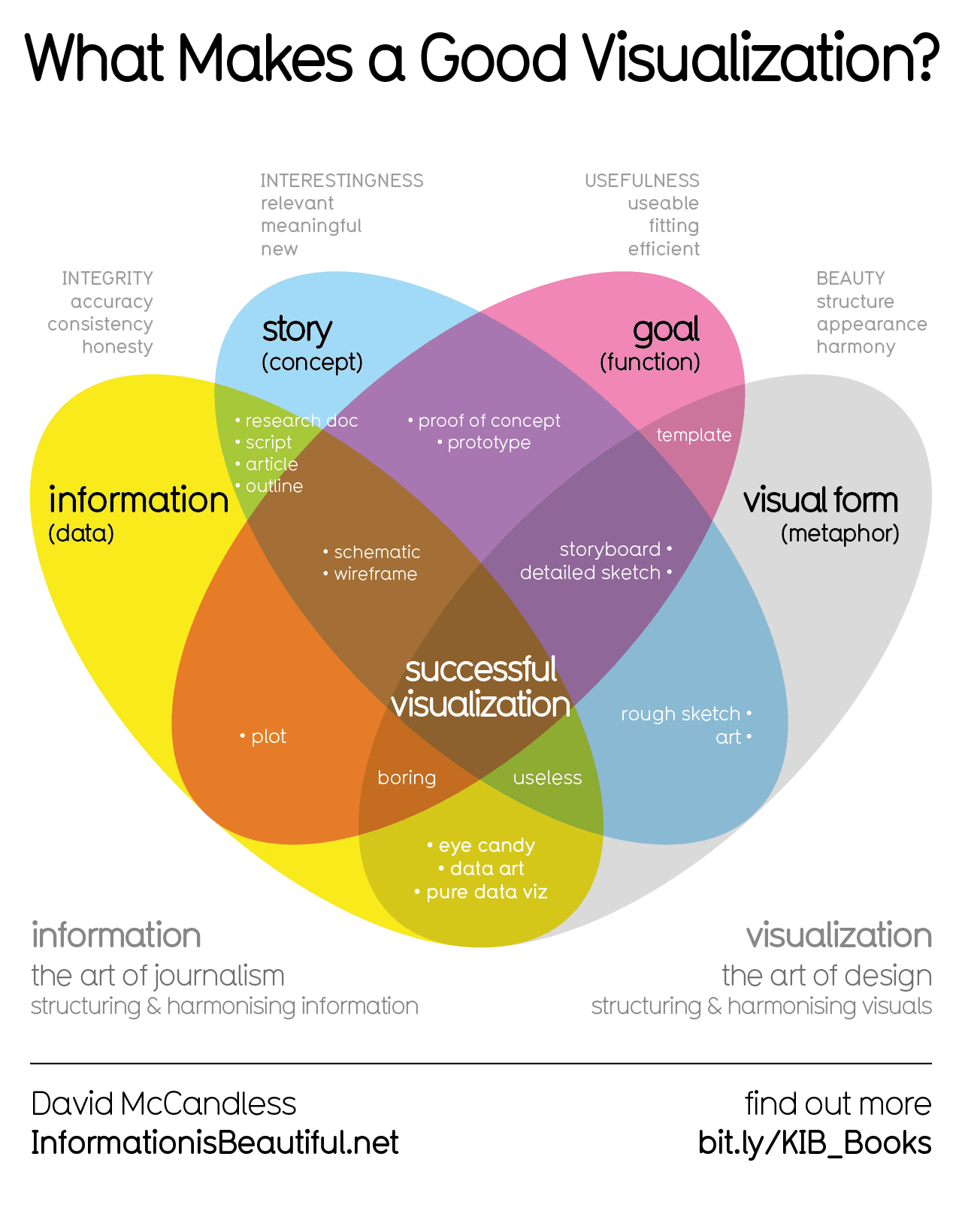

You know, this, and the using wifi to see through walls stuff to me just immediately seemed to fall into “don’t research this, it can only be used for evil”.
I don’t get why we bother studying these types of things.


You know, this, and the using wifi to see through walls stuff to me just immediately seemed to fall into “don’t research this, it can only be used for evil”.
I don’t get why we bother studying these types of things.


These took 5 minutes to make
Honestly we should just move on to device based attestation and if parents want to protect their kids they set up child mode.
I’m not responsible for lazy parenting.






I would never admit this happened to me
I’m sure the number is higher than 2


Why not include the US?


To be fair, I’m not sure why firebase even has a public access option. That’s a recipe for issues.
Though if it’s anything like Google Cloud Store, they hopefully make it very clear that your bucket is public.


But anything the US feds contracted them for, like building data centres, they have to comply or they face penalties and have to pay all the costs back.
10 days ago, a week before this was announced, they awarded $200M contracts each to Anthropic, OpenAI, Google and xAI
This doesn’t doom the public versions, but they now have a pretty strong incentive to save money and make them comply with the US governments new definition of truth.


The first few iterations were good, when they went mass market they let quality go.


Yeah, sadly SpaceX and Tesla are both very promising companies primarily held back by Elon Musk.
Occom’s rasor: BF is googling plan B and birth control after he raw dog’s her, and the ads are linked to devices on that home network.


Well it is owned by Oracle now
I don’t know rust, but for example in Swift the type system can make things way more difficult.
Before they added macros if you wanted to write ORM code on a SQL database it was brutal, and if you need to go into raw buffers it’s generally easier to just write C/objc code and a bridging header. The type system can make it harder to reason about performance too because you lose some visibility in what actually gets compiled.
The Swift type system has improved, but I’ve spent a lot of time fighting with it. I just try to avoid generics and type erasure now.
I’ve had similar experiences with Java and Scala.
That’s what I mean about it being nice to drop out of setting up some type hierarchy and interfaces and just working with a raw buffers or function pointers.
I actually do like that C/C++ let you do this stuff.
Sometimes it’s nice to acknowledge that I’m writing software for a computer and it’s all just bytes. Sometimes I don’t really want to wrestle with the ivory tower of abstract type theory mixed with vague compiler errors, I just want to allocate a block of memory and apply a minimal set rules on top.


Reminds me of java
I have Toolkit toolkit = Toolkit.getDefaultToolkit(); seared into my brain. Then there were the bean factories…
In defence of plants, it takes a highly evolved form of life to be able to do nothing all day and get away with it.
Oh wow, I didn’t know you were having these problems with him.
But since you’re in my office let’s start you on a PIP and I have to write you up for this hostility against a fellow employee.


Batch process turning unstructured free form text data into structured outputs.
As a crappy example imagine if you wanted to download metadata about your albums but they’re all labelled “Various Artists”. You can use an LLM call to read the album description and fix the track artists for the tracks, now you can properly organize your collection.
I’m using the same idea, different domain and a complex set of inputs.
It can be much more cost effective than manually spending days tagging data and writing custom importers.
You can definitely go lighter than LLMs. You can use gensim to do category matching, you can use sentence transformers and nearest neighbours (this is basically what Semantle does), but LLM performed the best on more complex document input.


One built a bunch of local search tools with MCP and that’s where I get a lot of my value out of it
RAG workflows are incredibly useful and with modern agents and tool calls work very well.
They kind of went out of style but it’s a perfect use case.


The tool isn’t returning all code, but it is sending code.
I had discussions with my CTO and security team before integrating Claude code.
I have to use Gemini in one specific workflow and Gemini had a lot of landlines for how they use your data. Anthropic was easier to understand.
Anthropic also has some guidance for running Claude Code in a container with firewall and your specified dev tools, it works but that’s not my area of expertise.
The container doesn’t solve all the issues like using remote servers, but it does let you restrict what files and network requests Claude can access (so e.g. Claude can’t read your env vars or ssh key files).
I do try local LLMs but they’re not there yet on my machine for most use cases. Gemma 3n is decent if you need small model performance and tool calls, phi4 works but isn’t thinking (the thinking variants are awful), and I’m exploring dream coder and diffusion models. R1 is still one of the best local models but frequently overthinks, even the new release. Context window is the largest limiting factor I find locally.
It’s there. I was wrong